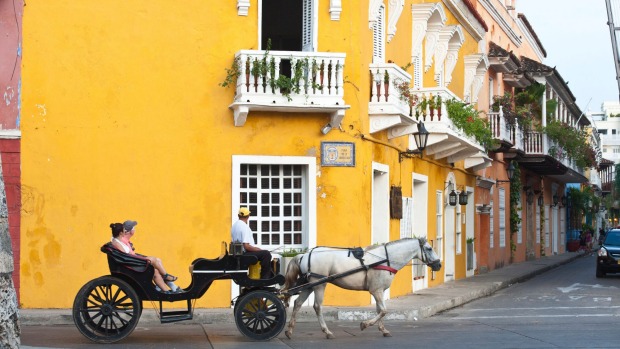
My introduction to South America was a two-week trip through Colombia in 2009, a country at that time recovering from a tainted past and a dubious reputation for safety. My GP at the time warned me about the lively trade in organ trafficking – "you know they kill tourists for their kidneys there" – and recommended about $500 in vaccinations and medicines to cover every conceivable illness.
In the end, I opted for the bare minimum suggested by the Australian government's Smartraveller website, never got sick or succumbed to organ robbers, and had one of the most brilliant adventures of my life. Six years on, I seriously doubt that level of paranoia exists, even regarding Colombia, which remains a kidnapping hotspot, according to Smartraveller.
I've just returned from a whirlwind visit through four South American countries, taking in Machu Picchu and Iguazu Falls, and I can report that everywhere felt not only safe, but stimulating, in surprising ways.
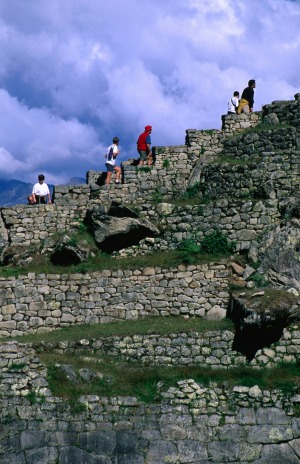
At almost 18 million square kilometres, South America is huge; more than twice the size of Australia, so getting around invariably requires lots of plane, train and bus travel, but even these stretches offer a wonderful microcosm of Latin exuberance and spontaneity (the fashion show put on by train attendants on a stint in Peru will be long remembered) – as well as the chance to strike up conversations with interesting travellers from all parts of the world.
As our Peru guide and Inca expert put it: "Visitors typically come here for history and culture and natural scenery, so we attract a different kind of tourist to those who are attracted by beaches and partying."
For Australians, South America is nowadays easy to get to (see Trip Notes), if not cheap – about half the plane slog of reaching most European capitals, and you can do it in one bite of about 13 hours, since Qantas launched its direct flights to Santiago, Chile, in 2012. From December, it's about to get easier, when Air New Zealand starts flights to Buenos Aires, Argentina.
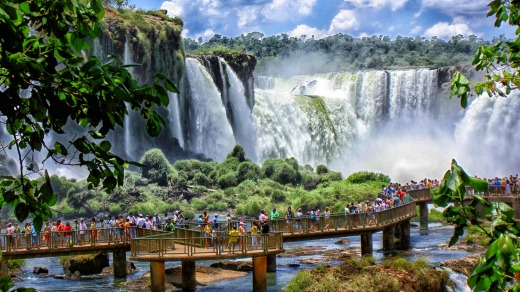
A record 42,000 Australians visited Chile last year with about the same number travelling to Peru – anecdotally our favourite country in South America – with numbers steadily increasing about 10 per cent a year. Roughly 20,000 Aussies went to Brazil for the 2014 FIFA World Cup, and next year's Rio de Janeiro Olympics promises similar pulling power.
A big continent comes with a baffling minefield of information, so here are some of the things first-timers should keep top of mind when planning their foray to South America.
If you've comfortably travelled in Spain's big tourist spots with no local language and smugly assumed the entire Spanish-speaking world has adopted English with similar zeal, you're in for a shock. English is not widely spoken in South America. Without a basic grasp of Spanish – and especially if you don't have a local guide to act as interpreter – you'll really struggle, which explains the popularity of tours.
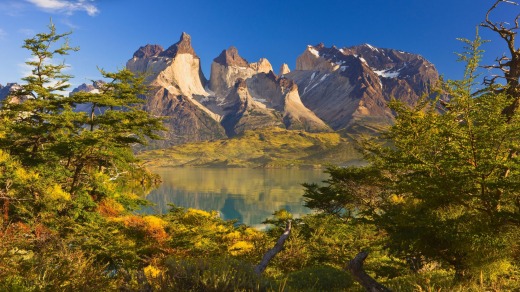
I strongly recommend a crash course in Spanish, especially if you're considering any kind of independent travel. In Brazil, you'll need some Portuguese. At the very least, bring along a phrase book of common requests and menu items.
With no understanding of Spanish, your travels will be reduced to a series of intriguing buildings and ruins, pretty scenery, interesting food and probably some good shopping, with zero comprehension of what you're actually experiencing and seeing.
South America's sheer size translates into a jumble of different climate zones, meaning unlike say Europe, where you reliably know you'll be battling the worst of the crowds and pickpockets in peak summer, there's no definitive best or worst time of the year to visit – it all depends where you're off to.
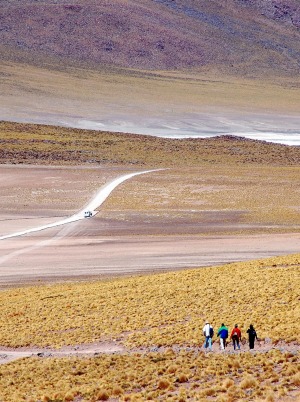
Machu Picchu, in Peru, is seething with tourists in July-August, coinciding with the dry season and school holidays. The rainy season kicks in around November through April, so best dovetail your holiday around those dates.
If you're heading down to vast Patagonia, in the continent's southernmost tip, then October through to March is a good bet, when temperatures are mild and daylight hours are long (from 4.30am to 10.30pm at the peak). Unless you're skiing, of course, in which case June to September is the go. So, really, no time is a bad time; you just need to tailor your itinerary accordingly.
There's a sting in store for Aussies travelling to South America; it's called reciprocity fees. And Australia is one of the few countries they apply to. The amount you pay reflects the amount citizens of that country are charged when entering Australia – it's their way of returning the favour.
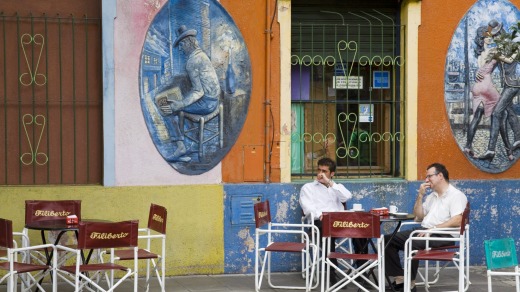
We passed through three countries that charge Australians to enter: Argentina (reciprocity fee of $143 paid online before arrival); Brazil ($63 tourist visa); Chile (reciprocity fee of $167 paid upon entry to Santiago International Airport). Total cost for visiting these countries? $365. No trifling amount in a part of the world where $10 buys a nice lunch and beer.
The good news is, Aussies can avoid all these fees and associated hassle if they travel on an EU or New Zealand passport. And that can be easier than it sounds. Through Irish parentage, I acquired an Irish passport some years ago, figuring one day it might come in handy. So if you have any means of obtaining an EU or New Zealand passport, start the paperwork now. A traveller in my group with Italian parents is currently hot on the case.
This really deserves a special mention, as most flights from Australia to South America transit through Auckland. I've witnessed near punch-ups over confiscation of duty-free liquor purchases. Speaking from personal experience, I was relieved of two bottles of malbec during transit at Auckland airport en route from Buenos Aires in 2012.
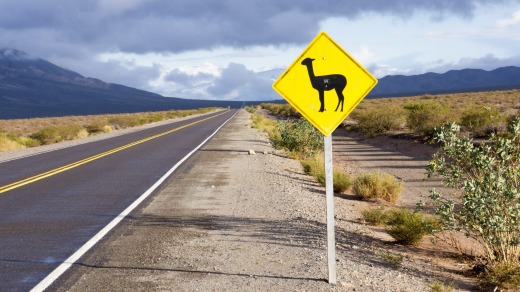
So I made it my business this time to clarify what the rules are (and by the way, you want it on their website below). Make sure you ask the duty free shop at your port of departure to place your duty-free alcohol in a security tamper-evident bag (STEB). If you don't specifically ask, they'll put it in an ordinary plastic bag and it will be taken off you in Auckland transit. Don't say you weren't warned. See avsec.govt.nz.
While the US dollar is widely accepted throughout South America, in Argentina, it's red-hot currency. A combination of high inflation and economic uncertainty has created huge local demand. During my stay in Buenos Aires, when the official bank exchange rate was about nine pesos to the US dollar, you could get anywhere between 12 and 14 pesos to your US dollar, depending where you traded.
Make sure your US bills are in pristine condition (vendors wont accept torn or tattered bills), in denominations of $10 to $100. You can trade them everywhere … shops, restaurants, hotels, money changers. Don't forget when you pay a bill in US dollars, you'll be given your change in local currency.
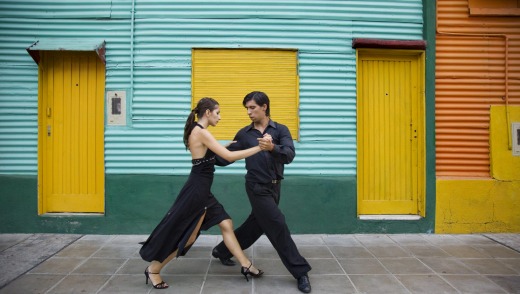
After a few bevvies mixed with jet lag and general unfamiliarity with local notes, it's tempting just to bundle the change into your wallet without checking the amount. So do the maths, maybe even jot down a ready reckoner of basic transactions, so you're across the sums.
It always amazes me how travellers who are happy to spend 10 minutes haggling at a stall to save $5 pay no attention to the obscene sums gobbled up in credit card fees and charges. You'll pay $5-plus just by using a foreign ATM in South America. Even more frustrating is the "there must be some catch" response when the fee-free options are pointed out.
The only "catch" is when you don't pay the balance in full and get hit with exorbitant interest rates – people, that's how the banks make their money. Citibank has a wide presence in Latin America; locate their ATM locations online. Open a Citibank Plus transaction account, then use your visa debit card to draw your money out fee-free at any Citi ATM. For purchases, the 28 Degrees mastercard carries no transaction or currency conversion fees. Neither of these cards have annual fees.
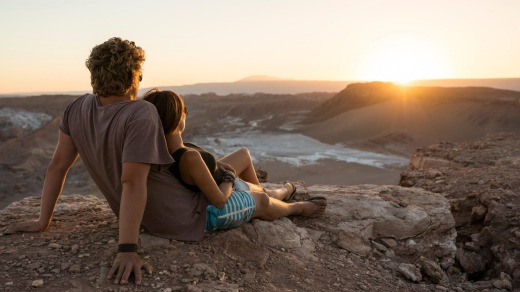
And always nominate to pay in the local currency. That way you'll get your bank's exchange rate rather than the pittance most merchandisers offer. Carry a couple of back-up credit cards, as some ATMs can be picky about which ones they accept. See citibank.com.au; 28degreescard.com.au.
Visitors to the Spanish Steps in Rome might have heard of this one: a "baby" is thrown towards you and your automatic reflex is to reach out and grab it. It turns out to be a doll, and in the moment of confusion, you're fleeced. South America's tourist hotspots have their own take.
Most revolve around distraction or sleight of hand. Take my experience of Buenos Aires. I've been there twice, with two different groups, all seasoned travellers. In total, a handbag, a wallet, a compact camera and a bulky SLR camera have all done the vanishing act. To this day, I couldn't tell you exactly how any of those disappearances happened.
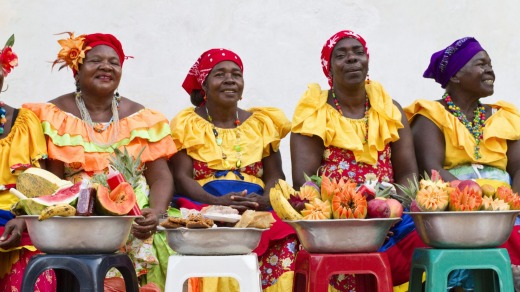
The local guides in all the countries we visited assured us the streets were safe, but to be hyper alert to any tactics that involved distraction: for example, a stranger offering to brush bird poo from your coat or pointing out something you've supposedly dropped. Don't be so paranoid that you miss out on genuine local encounters, but have your wits about you and don't carry or display any valuables you don't absolutely need to have with you.
Don't go flapping around a map in one hand and clamping your latest iPhone to your ear with the other. In Buenos Aires, keep small change for taxis. A widely popular ploy with tourists apparently, is when handed a 100 peso note, the taxi driver exchanges it for a fake bill, hands it back and then demands another 100 peso bill. Authentic bills will have a watermark.
I was surprised just how physically taxing this trip was. Iguazu Falls covers a mighty big area, and you have to do some serious walking to reach the falls – some of it on exposed boardwalks in the baking sun. It's absolutely worth every step, but I did wonder how the elderly and/or very unfit would cope.
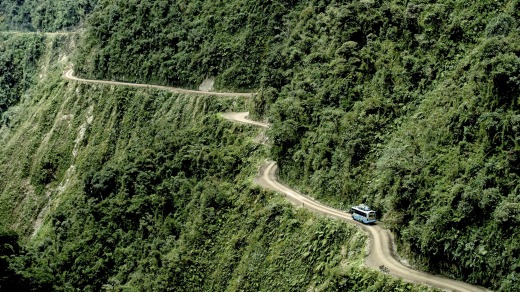
And the Incas had a fondness for hilltops and mountains, so there's a lot of uphill trudging and steep steps between you and the ruins. So I'd be recommending a reasonable level of fitness – along with a healthy sense of adventure.
With so many different terrains, you need to be across the vaccinations or medicines advised for the places you're visiting. Vaccination against yellow fever is compulsory for some areas. Other risks include malaria, hepatitis A and B, rabies and tuberculosis. Altitude sickness can be problematic in places such as Cusco, in Peru, and La Paz, Bolivia.
The combination of scant English and rogue taxi drivers means your safest option is to take metered taxis where available (make sure the meter is switched on) or fixed price taxis. Then it's only fake notes and circuitous trips to watch for. At airports and major hubs, resist the calls of "taxi, taxi" from touts on the street and seek out the official taxi service.
Unless you're an expert at deciphering plug diagrams and voltages, save yourself the bother and travel with a universal plug. Everywhere seems to take a different connection, including Argentina, where I had the pleasant surprise of plugging my Aussie straightening irons straight into the socket.
Argentina is a nation of meat lovers, but there's a concerted government campaign to wean the locals off meat. Apparently they've made some inroads, with consumption down to an average 65 kilograms of red meat a year per person. The upside for tourists is that it's quite OK to ask for half portions in restaurants. That applies to any main meal, meat or not. You may not pay exactly half, but it will be close to it.
While it's always advisable to leave passports and any valuables in the hotel safe, don't get caught unawares when you actually do need identification. At the entrance gates to Machu Picchu, for example, you can't enter without your passport, even though it's not a border crossing. Likewise, using your credit card anywhere will generally require photo ID.
Some cities are just a convenient springboard to somewhere better – not Argentina's capital. From the colourful grunge of La Boca, to uber-cool Palermo, it's a city of contrasts, with world-class restaurants, bars, architecture and shopping. Leave one day to take the ferry across to Uruguay, and visit the old Portuguese colony of Colonia del Sacramento.
This surreal, Mars-like desert is the driest in the world, yet offers vastly differing landscapes and activities. Use the town of San Pedro as your base, and visit salt flats, geysers high in the Andes, volcanoes, float in salt lakes, and just take in the photogenic eeriness of this stark, otherworldly place.
For the sheer size, scenery and breathtaking engineering it must have taken to pitch steel boardwalks over gushing froth, these falls are a must. It's obligatory to see them from both the Argentinian and Brazilian sides. Be prepared to get wet.
Quite simply, the most beautiful city I've visited. It's like wandering around a postcard. The walled "old town" of this historic port city has perfectly preserved colonial buildings, scattered through a maze of narrow streets. Don't miss cocktail hour at Café del Mar, up on the fortified walls.
Strap on your walking shoes and see why the Incas gained such a formidable reputation as stonemasons. It's a city you can easily explore on foot. This was the capital of the Inca empire, and there are remnants of their handiwork everywhere. Cusco has an elevation of 3400 metres, so pack the altitude sickness pills.
Long before South America came to tourist attention, the Galapagos Islands were legendary. Charles Darwin paid a visit, and was so gobsmacked by the diversity of species, his observations were central to his theory of natural selection. Enough said.
Everyone's heard of the Inca Trail, the four-day hike to Machu Picchu, but an alternative is the Salkantay Trek – and because it's lesser-known, you can often secure a spot when permits for the Inca Trail are long sold out. It's a tough slog, according to an exhausted young couple I met who had just completed it, but "life changing".
This road goes by several names, but the fact this label is the one that sticks says something about its notoriety. The gravel road runs between La Paz and Coroico, in the Yungas region of Bolivia, with stunning views of the Amazon rainforest. It's single lane, borders a terrifying cliff drop, has no guard rails and is one for the daredevil's bucket list.
Patagonia lies at the base of South America, and this sparsely populated national park on the Chilean side, dominated by the granite pillars of Torres Del Paine, offers adventurers the works, from natural glaciers, to lakes, rivers and some of the world's best trekking, including the demanding W Trek through the mountains and valleys.
Last but not least, the ultimate highlight would have to be experiencing any iconic city through the prism of one of the world's most watched events. Anyone who was in Sydney for the 2000 Olympics will understand. Brazil's party capital is going to be electric, come the 2016 Olympics in August next year.
southamericatourism.com
smartraveller.gov.au
Qantas has direct flights Sydney to Santiago, Chile; see qantas.com.au. Chile's LAN Airlines, which partners with Qantas, flies to Santiago via Auckland; lan.com. From December 1, Air New Zealand will start flights to Buenos Aires, Argentina, via Auckland; airnewzealand.com.au.
GETTING AROUND
LAN, with sister airline TAM, has extensive connections across the continent South America Tourism Office offers tours to destinations across Latin America. Call 1800 834 059; see southamericatourism.com